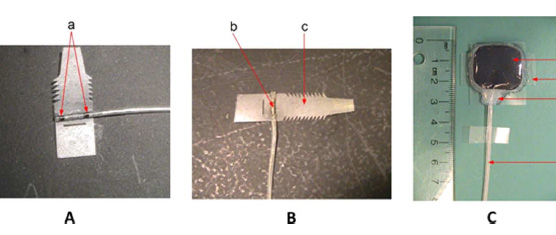
Abstract
Spastic hypertonus (muscle over-activity) often develops after spinal cord injury or stroke. Chemodenervating agents such as Botulinum toxin A (BtA) and phenol are often used to treat this condition. We have previously shown that the use of direct current (DC) to create controlled lesions of peripheral nerves may provide a means of reducing spastic hypertonus. Here, we explored a range of stimulation parameters that could be used clinically. Nerves were lesioned with DC in chronically implanted animals and the outcome was tracked over many months. In addition, we used DC to ablate nerves in animals with decerebrate rigidity (an animal model of spastic hypertonus) and we explored the possible mechanisms of DC nerve ablation. We found that nerve ablation with DC was effective in reducing hypertonus. Some stimulation paradigms were more likely to be clinically acceptable than others. Furthermore we showed that nerve regeneration occurs in the months following DC nerve ablation and we demonstrated that the ablation procedure is repeatable, much like BtA treatment. Regarding mechanism, our results did not support the hypothesis that DC caused nerve damage by overactivating sodium channels. Rather, the mechanism of damage seems to be related to changes in pH.

